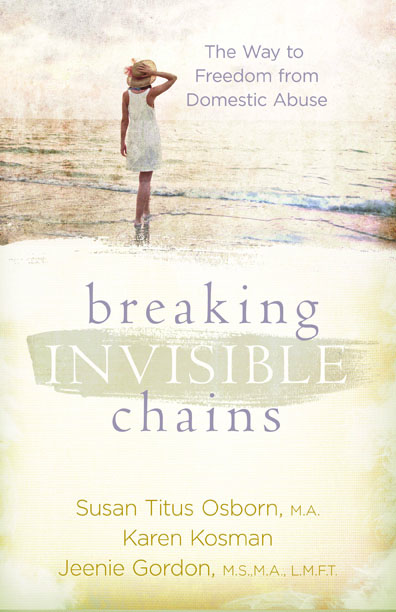The exclamation point is used to make an emphatic statement, an outcry, or an ironic comment. Again: do not double punctuate! Two exclamation points are no stronger than one, and be careful to use exclamation points sparingly.
Example: Look out!
A question that is essentially an exclamation usually ends with an exclamation point.
Example: How could you possibly do that to me!
And exclamation point should be placed inside quotation marks, parentheses, or brackets, only when it is part of the quoted or parenthetical matter.
Examples: The woman exclaimed, “That car hit the tree!”
Jenny kept repeating, “I could have died!” throughout the whole questioning.


